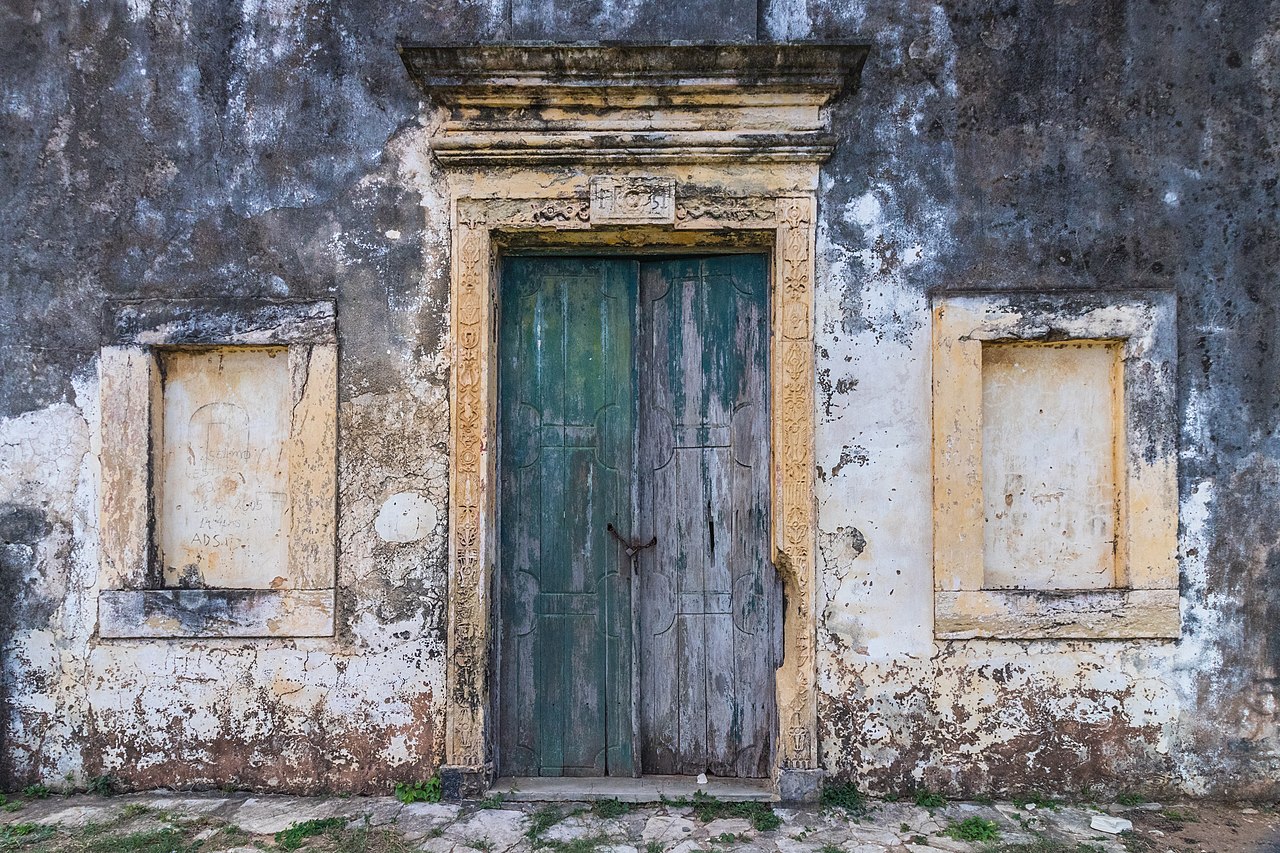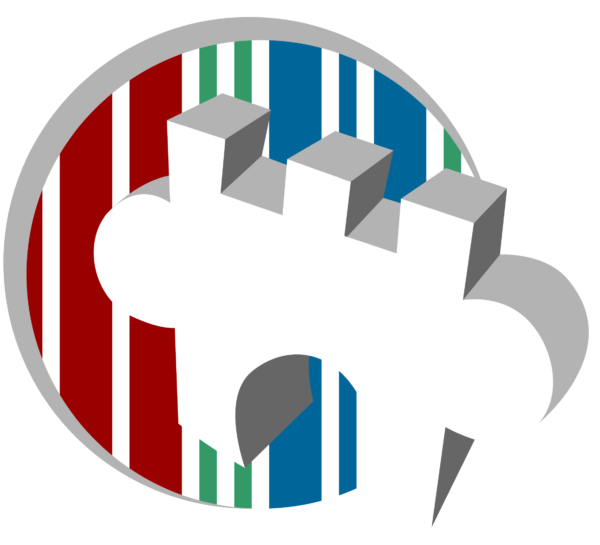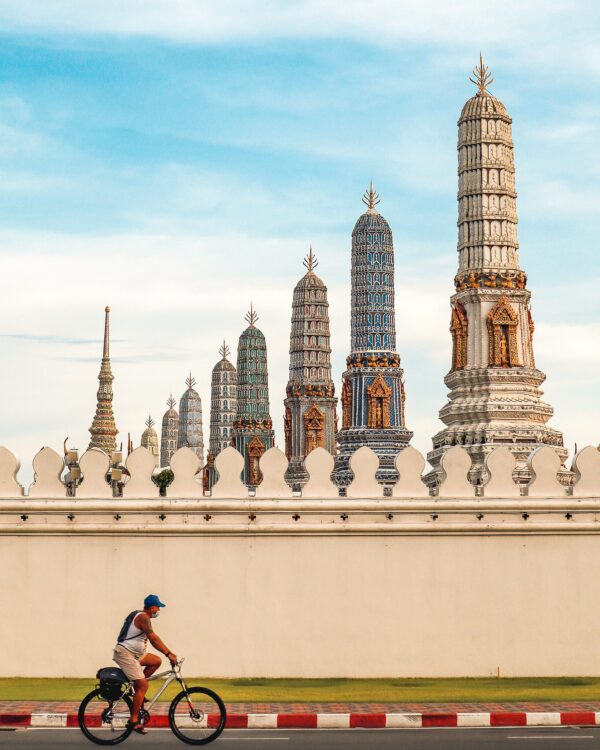
Inclusive storytelling through photographs: Role of Wiki Loves Monuments
This week the last upload campaigns for Wiki Loves Monuments 2022 have come to a close. While we wait for the teams and their juries to decide on their national winners, lets us take a moment to share with you the final report of the Diversity, Equity and Inclusion research that was conducted by researcher and DEI Consultant Mesha Murali, for our Wiki Loves Monuments photo competition.
Picture above: Capela de Nossa Senhora da Conceição do Engenho Poxim, Brazil. 10th prize in the national contest of Brazil in Wiki Loves Monuments 2020. Photo by Paul R. Burley, CC BY-SA 4.0.
Digitally documenting and preserving cultural heritage has recently gathered momentum. This is due to ongoing natural and human induced destruction of heritage sites. In times like this, digital documentation and archiving ensures continuity of community histories. It acts as a crucial information reservoir for future restorative projects.
Digital documentation is sharing and preserving information in the form of photographs, videos or audio clips. It allows under-represented communities to share their knowledge across time and space. This also gives these communities the opportunity to tell their story through their perspective. In doing so, local communities get to reclaim their pasts from majoritarian retelling. For example, WLM Ukraine documented the removal of Lenin statues in the country. This documentation gave an opportunity to the local community to talk about their relationship with the statue. These statues were considered historically important by the Ukrainian government. However, its removal was a way for the local community to express their detachment from the statue and its related heritage.
In this light, the WLM photography competition’s aim to document and archive built cultural heritage through photographs becomes more relevant. WLM has had 12 iterations and managed to document almost 3 million photos from across the world. The competition is an extension of Wikimedia’s endeavour to promote and cultivate free knowledge systems. Here communities document and share knowledge that they deem important. WLM has constantly worked towards being inclusive of different regions and their monuments. However, the diversity, equity and inclusivity analysis (DEI) of the competition highlights the need to take this effort one step further.
It encourages us to think about the kind of photographic data collected and the process of doing so. How successful are we in documenting heritage sites of marginalised and indigenous communities? What more can we do to ensure diversity of representation? It is important to ask these questions as they help us reflect on the narratives and histories that don’t get documented.
Most monuments submitted for the WLM competition are those that are ‘aesthetically’ good looking. These are likely to be well maintained popular tourist destinations. Such selective photography results in lower representation of monuments belonging to marginalised communities. Sites belonging to these communities are less likely to be protected and are susceptible to deterioration. Documenting these monuments can help emphasise the importance of preserving these sites. This ensures that cultural heritage and histories from the margin are documented and passed on to the future generation.
Another example of DEI issue faced is that of gender specific barriers to technology and resources. As part of the DEI research national WLM organisers were interviewed. Some of them shared that the participation rate among women is lower compared to men in their region. This may be due to different country or culture specific hurdles. For example, monuments in remote areas generally go unphotographed. This is due to higher cost of travel or due to concerns of safety. The latter is a deterrent especially for female photographers.
On the other hand, certain functioning religious monuments may follow gender based segregation. This limits the female photographer’s access to certain spaces in the heritage site. Acknowledging and working on such gender related roadblocks is essential. It helps us document a diverse range of perspectives. For example, in gender segregated sites male photographers are not allowed in spaces designated for women, and vice versa. As a result they may end up photographing only those aspects of the monument which they have access to, and documenting a partial narrative of the monument. Ensuring balanced gender participation helps us overcome this hurdle. It allows us to tell a layered story of access, culture, architecture and gender norms in the space.
Hence, paying attention to what is missing in our documentation makes us aware of our various DEI needs. In turn, it will help us create a diverse, equitable and inclusive space for everyone.
A more detailed analysis of the WLM DEI structure is available here: this English report is also available in Arabic, Bahasa Indonesia, Brazilian-Portuguese, Chinese Mandarin, French, Hausa, Hindi, Spanish, Urdu, and isiZulu.

